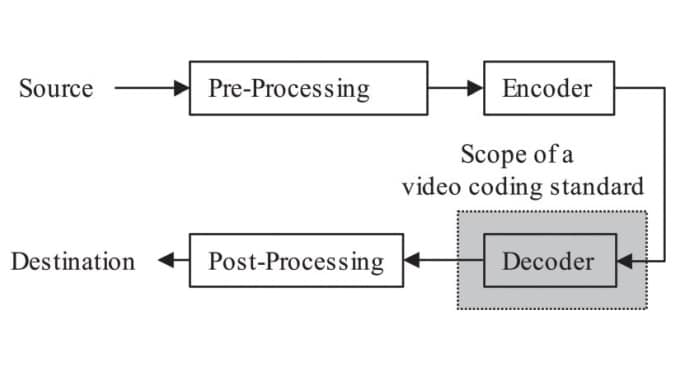Featured Articles April 5, 2022

Published in September 2021
Authors
B. Bross, J. Chen, J.-R. Ohm, G. J. Sullivan, and Y.-K. Wang
Abstract
In the last 17 years, since the finalization of the first version of the now-dominant H.264/Moving Picture Experts Group-4 (MPEG-4) Advanced Video Coding (AVC) standard in 2003, two major new generations of video coding standards have been developed. These include the standards known as High Efficiency Video Coding (HEVC) and Versatile Video Coding (VVC). HEVC was finalized in 2013, repeating the ten-year cycle time set by its predecessor and providing about 50% bit-rate reduction over AVC. The cycle was shortened by three years for the VVC project, which was finalized in July 2020, yet again achieving about a 50% bit-rate reduction over its predecessor (HEVC). This article summarizes these developments in video coding standardization after AVC. It especially focuses on providing an overview of the first version of VVC, including comparisons against HEVC. Besides further advances in hybrid video compression, as in previous development cycles, the broad versatility of the application domain that is highlighted in the title of VVC is explained. Included in VVC is the support for a wide range of applications beyond the typical standard- and high-definition camera-captured content codings, including features to support computer-generated/screen content, high dynamic range content, multilayer and multiview coding, and support for immersive media such as 360° video.